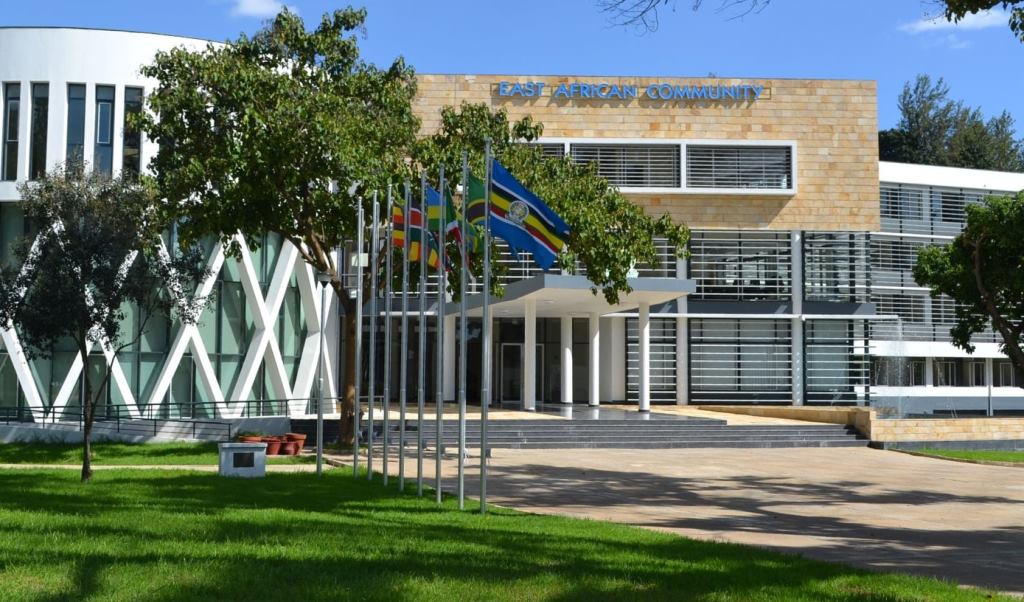AfricaPress-Tanzania: EAST African Community (EAC) partner states and those on the southern part have to strengthen corridors across the area, so as to build climate resilience.
That is being emphasised because as EAC economies continue to grow rapidly, so do the respective transport and logistics sectors as well as the associated Greenhouse Gas (GHG) emissions and pollution.
Increased traffic and pollution threaten safety, health and life of road transport users and citizens, warn Trade- Mark East Africa (TMEA) Environmental and Climate Change Officer, Mr Denis Maina and fellow officer, Mikko Leppanen.
They argue that the situation is further worsened by inefficiencies that exist in the regions’ road transport and logistics sectors.
For example, costs per kilometre of transporting a freight container from Mombasa to Kigali costs three times more than in developed countries.
“ Some 95 per cent of the freight transport is hauled on roads, while water – maritime, inland lakes – and rail transport that are less polluting modes of freight transport have remained underdeveloped and underutilised,” the duo said in their release.
TMEA has worked with the Northern and Central Corridors for years in the joint observatories programme to collect and manage freight transport related information and in 2018 included a climate change tool to monitor GHG emissions and pollution along the corridors.
Key partners involved in the development of the international standards-based tool were Climate Care and Meghraj Capital consultants.
A report on the freight transport sector tool reveals that there is a need for countries to develop more detailed national transport and trade sector-specific climate policies, strategies and institutional arrangements to guide the implementation on financing, capacity building, technology development, monitoring and evaluation.
“ Responsiveness to climate change challenges varies regionally and in the partner states. A lot of progress has been made in the fight against climate change at the national level with- countries being members of U nited Nations Framework Convention on Climate Change (U NFCCC) and signatories of the Paris agreement having formulated Nationally Determined Contributions (NDCs) and report on them through National Communications (NCs),” the report notes.
TMEA is committed to partnering with like-minded organisations in developing the Monitoring, Reporting and Verification (MRV) system, to be more accurate and responsive, in designing actions to reduce GHG emissions and to build climate resilience.
The Africa Continental Free Trade Area (AfCFTA) presents a new boost for collaboration, and TMEA says it is keenly eyeing. Another trend is that the markets are increasingly demanding locally produced Green lowcarbon products in line with the customer attitudes, preferences and consumption in those markets.
In that line, it shows that in order to remain competitive, there is a need for Eastern Africa to reduce the carbon footprint of its products and diversify more into Green and environmental goods and services.
The Covid-19 pandemic initially resulted in a significant though temporary reduction of carbon emission, due to the global economic and trade slowdown, but now the GHG emissions have resumed back to the pre-Covid- 19 level.
“ It is now a unique opportunity to build more inclusive, sustainable and resilient economies that follow low carbon/ carbon neutral pathways, where communities and businesses most at risk from the crisis are supported and catered for,” Mr Maina and Leppanen note.
TMEA has planned a 10-year action programme to fight climate change and support the Eastern African countries and the region.
This will be for strengthening green growth, climate resilience and reduction of GHG emissions in the freight transport, logistics and export sectors along key corridors in Eastern Africa for sustainable trade.
TMEA will implement the programme through a mix of grant and blended finance from development finance and the private sector.
The GHG Inventory (carbon footprint), tool and baseline report that has been developed will facilitate establishment of the MRV methodology at the project, Corridor and national level.
The work will strengthen corridors and countries to set climate targets, monitor their attainment and identify new climate mitigation projects for meeting the targets.







